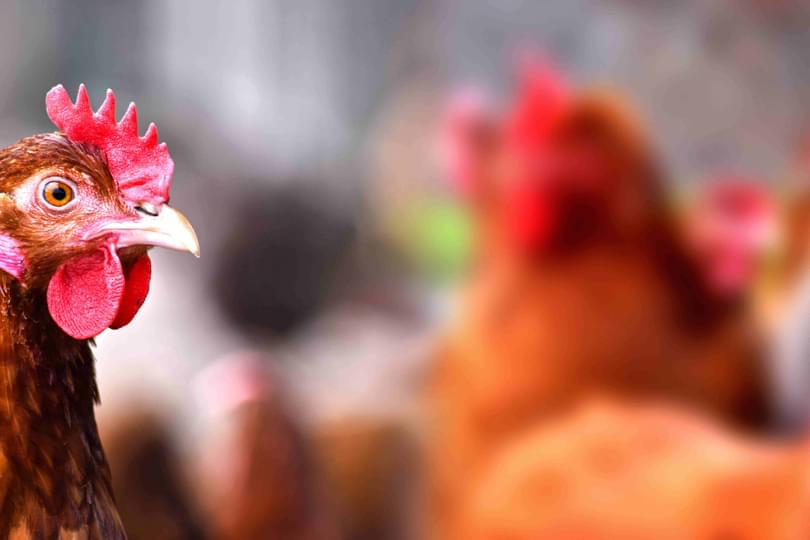
An international team of scientists led by geneticists and disease biologists from the University of Oxford - including biologists on the Oxford Martin programmes on the Future of Food and Pandemic Genomics - and LMU Munich have used ancient DNA to trace the evolution of Marek's Disease Virus (MDV).
This global pathogen causes fatal infections in unvaccinated chickens and costs the poultry industry over $1 billion per year. The findings, published in the journal Science, show how viruses evolve to become more virulent and could lead to the development of better ways to treat viral infections.
Based on the ancient genetic sequences, they were also able to resurrect ancient biological processes using cellular assays, demonstrating that ancient strains were significantly milder than their modern counterparts.
This breakthrough not only sheds light on the evolutionary history of MDV, but also holds promise for the development of more effective therapies against this devastating poultry disease.
This new study is based on DNA isolated from chicken bones that were excavated from 140 archaeological sites in Europe and the Near East. These ancient genomes revealed that MDV was widespread in European chickens at least 1,000 years before the disease was first described in 1907. This highlights the importance of preserving archaeological remains, especially given their power to reveal valuable insights into the evolution of virulence.
When first described, this disease only led to mild symptoms in older chickens. As chicken consumption dramatically increased in the 1950s and 1960s, MDV has continued to evolve and has become increasingly aggressive despite the development of several vaccines.
Professor Adrian Smith of the Department of Biology as well as the Oxford Martin Programme on the Future of Food and co-senior author said:
'Ancient DNA has provided us with a unique perspective on the emergence of MDV as a deadly chicken virus and may teach us lessons that are applicable to the control of other viral infections of medical and veterinary importance.'
Professor Oliver Pybus of the Oxford Martin Programme on Pandemic Genomics also contributed to the report.